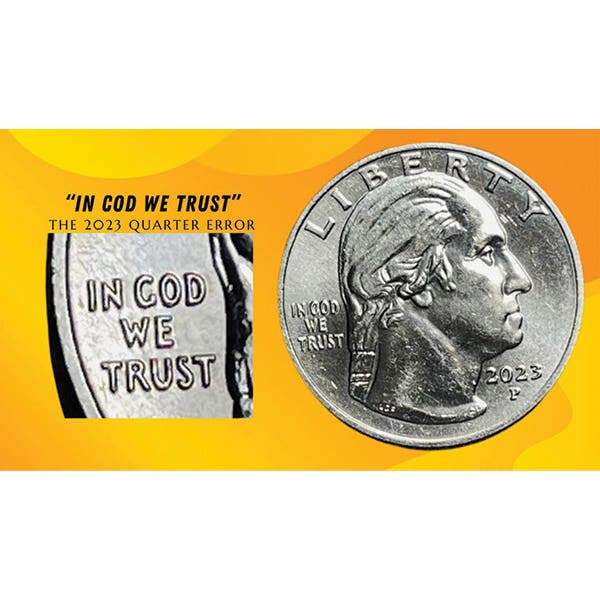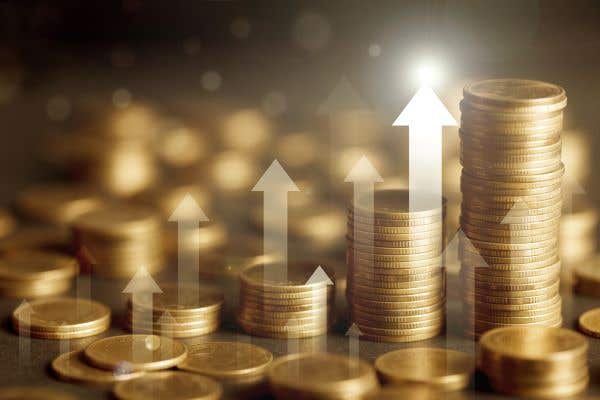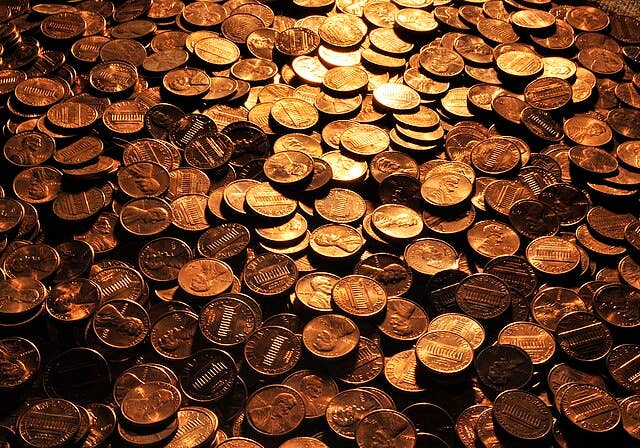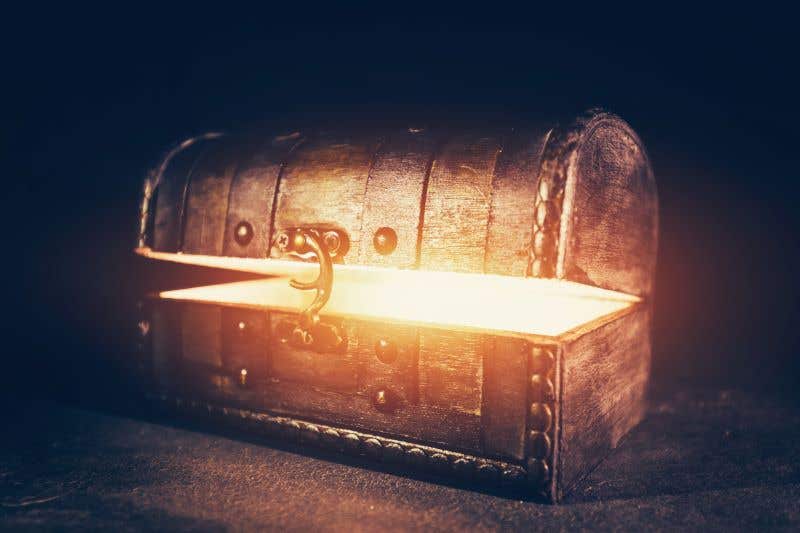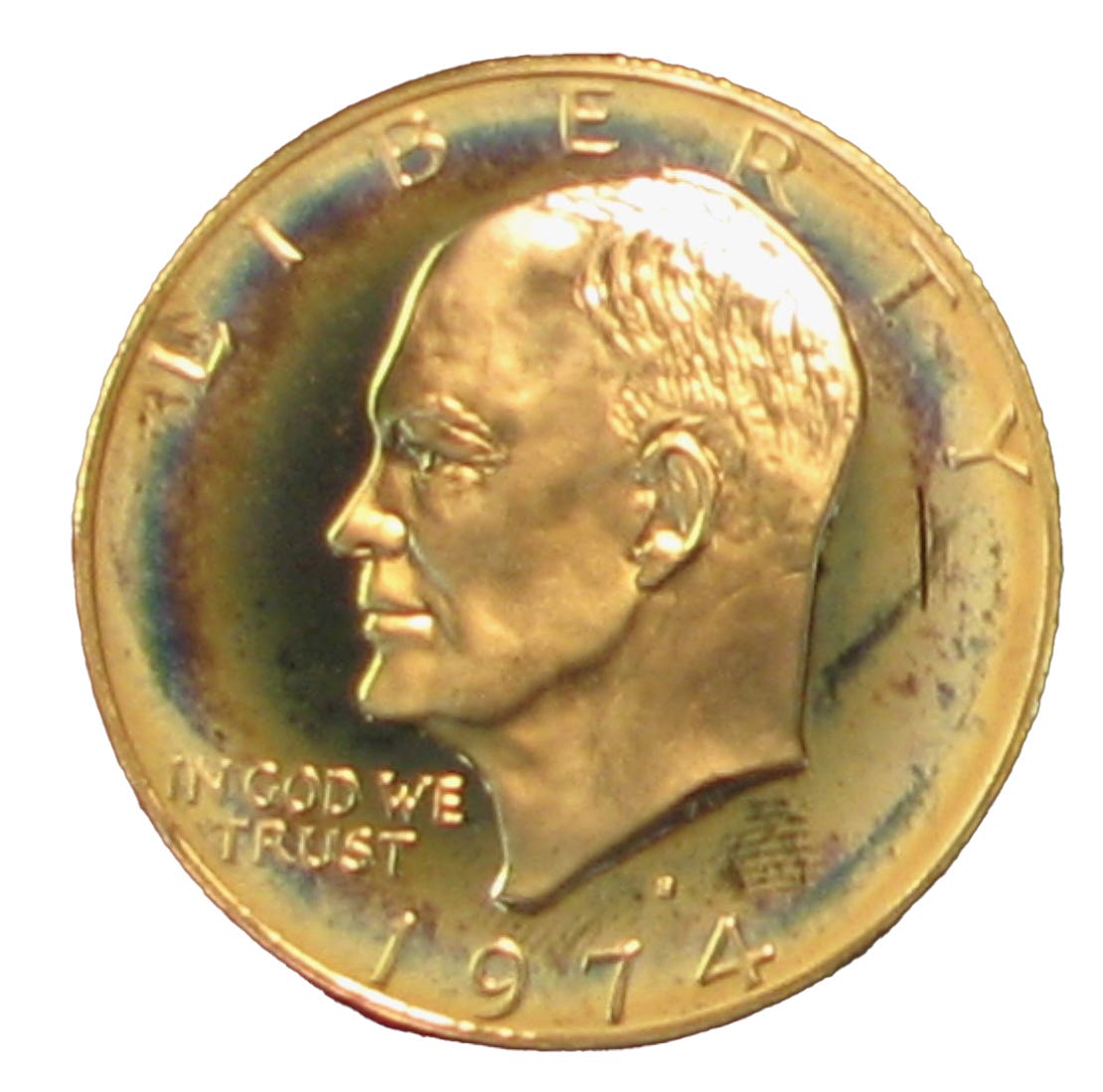Cent’s legendary status gives it popularity
It is simply a legendary coin. The 1909-S VDB Lincoln cent is not rare.
It is simply a legendary coin. The 1909-S VDB Lincoln cent is not rare. It is certainly tough as Lincoln cents go, but there is actually a fairly good supply of the 1909-S VDB as it was saved at the time its 484,000 pieces were released. It was an immediate sensation, selling for $1 at a time when that was a big deal. Generation after generation of young collectors searched countless millions of rolls looking to find a single example of the most famous coin of the century: the 1909-S VDB.
The story of the 1909-S VDB was basically the same as the 1909 VDB, only the San Francisco version had a much lower mintage. The initials VDB for Victor D. Brenner, the artist, had been given approval. When the coin came out, however, the Secretary of the Treasury called an emergency meeting and at that meeting it was decided, in the interest of time, to remove the initials. This resulted in the production of 1909 and 1909-S cents without the VDB that same year. It can be argued as to whether the removal was needed but, Brenner seemed to have no shortage of ideas regarding self-promotion. This, in turn, probably contributed to an air of distrust which was only increased by Chief Engraver Charles Barber, who did not like Brenner or any outside artist.
The 1909-S VDB was quickly discovered. We know some were saved immediately, the initial saving proved to be a major help as the demand for the 1909-S VDB would always be greater than the supply. Without the numbers saved initially, there is little doubt prices would be much higher today.
In his book “American Coin Treasures and Hoards,” Q. David Bowers recounts the purchase of uncirculated rolls of the 1909-S VDB from a Springfield, Mass., dealer. Art Kagin recalled that he purchased 10 rolls in two shipments from a California collector and that he felt the collector had sold additional rolls to others as they began to be offered at $12 to $15 each back in 1952.
Even with the hoards, some examples of the 1909-S VDB would reach circulation as it is known in all grades today. After all, with a 484,000 mintage, there were enough so that even with the hoarding, others would circulate. With coin collecting still being a fairly modest hobby, it took a while for all of them to be found and hoarded by collectors and dealers.
The 1909-S VDB might well be called the bluest of the blue chips in the rare coin market. It does not make spectacular price moves but it seems to move at a steady pace to higher price levels. Back in 1998, in G-4, the 1909-S VDB was $325 and today, in the same grade, its price is $750.
In the case of Mint State coins, the 1909-S VDB was at $720 in MS-60 and today that price is $1,825 while in MS-65 its 1998 price of $1,800 has become $4,150, which is a very solid gain over that period of time.
Although, as the prices indicate, the 1909-S VDB is a very important coin, there are a number of other dates that are more costly in top grades.
The importance of the 1909-S VDB should not be diminished, however, as it was a coin that helped to launch thousands or probably millions of collections. It was and still is the most expensive Lincoln cent by far in circulated grades, making it a key date for anyone looking to finish their Lincoln cent collection. The 1909-S VDB cent has a special place in our history and that will never change.
More Coin Collecting Resources:
• Strike it rich with this U.S. coins value pack.
• Get the 2012 Coin of the Year – limited quantities remain!
• Build an impressive collection with Coin Collecting 101.
• IT’S HERE! Order the 2014 North American Coins & Prices.




